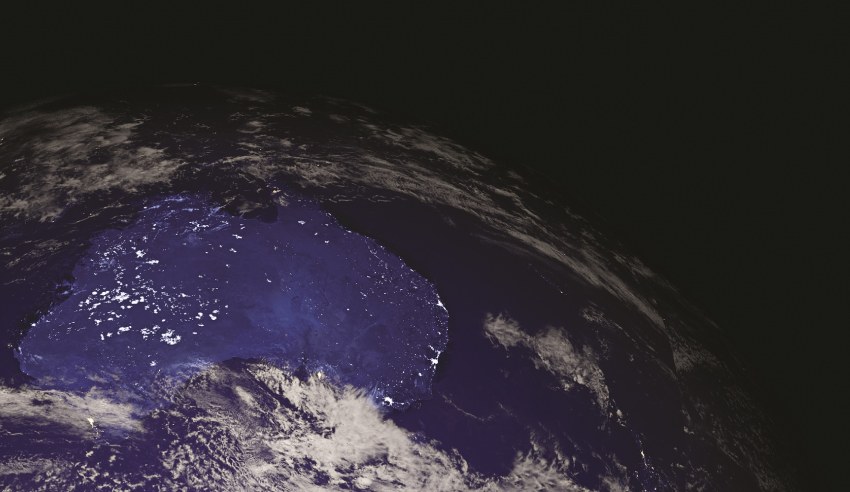That also indicated large meteors strike Earth fairly often, around once every 180 years.
The research team, led by Professor Tim Barrows of the University of Wollongong, concluded Wolfe Creek was more likely caused by meteor impact 120,000 years ago rather than the previous estimate of 300,000 years ago.
Wolfe Creek is a well-preserved meteorite impact crater that measures about 875 metres in diameter. It’s about half the size of the similar site in Arizona, US, called simply Meteor Crater.
It’s thought the Wolfe Creek crater was created by a meteorite about 15 metres in diameter, weighing around 14,000 tonnes and travelling around 17 kilometres per second.
It struck with the force of half a million tonnes of TNT.
It was only discovered during an aerial survey in 1947 and named after a nearby creek, itself named after a local prospector and shop keeper. The Aboriginal name is Kandimalal.
The new study is published in the journal Meteoritics and Planetary Science.
Professor Barrows, a Future Fellow in the University of Wollongong School of Earth, Atmospheric and Life Sciences, said there were seven meteor impact craters in Australia, including Wolfe Creek, all dated within the past 120,000 years.
He said the craters are only found in the arid parts of Australia. Those elsewhere are destroyed by geomorphic activities.
"We could extrapolate a rate for the whole Earth since Australia has an excellent preservation record with dated craters within the arid zone," he said.
Debris from space constantly bombards the Earth but only the largest survive to reach the planet's surface and create a crater.
With a more accurate age of Wolfe Creek, the researchers were able to calculate just how often that occurs.
"Taking into account that arid Australia is only about 1 per cent of the surface, the rate increases to one every 180 years or so," Barrows said.
It actually could be more often.
Their calculation is a minimum estimate since some smaller impacts were probably covered during the ice age.
Professor Barrows said the team used two techniques to date Wolfe Creek the crater.
The first technique was though estimating length of exposure to cosmic radiation. The second technique used measurement of time since sediment was last exposed to sunlight.
Similar techniques were applied to the Meteor Crater in Arizona, with the conclusion that it was likely to be 61,000 years old, more than 10,000 years older than previously thought.

